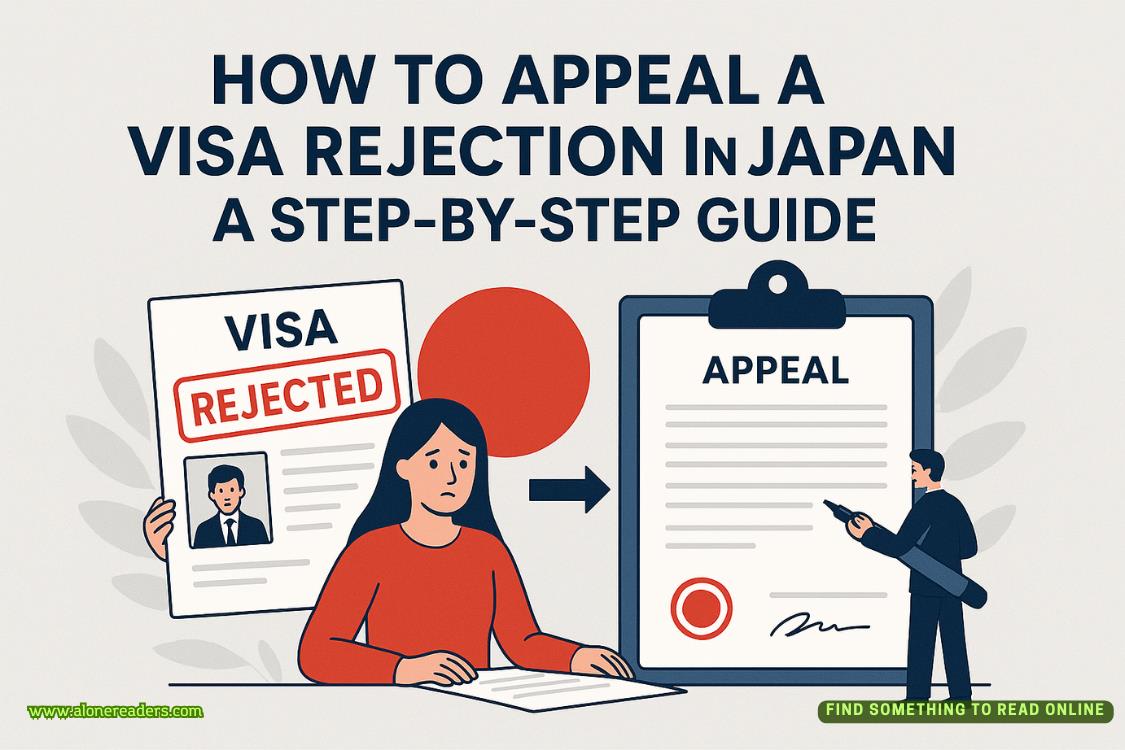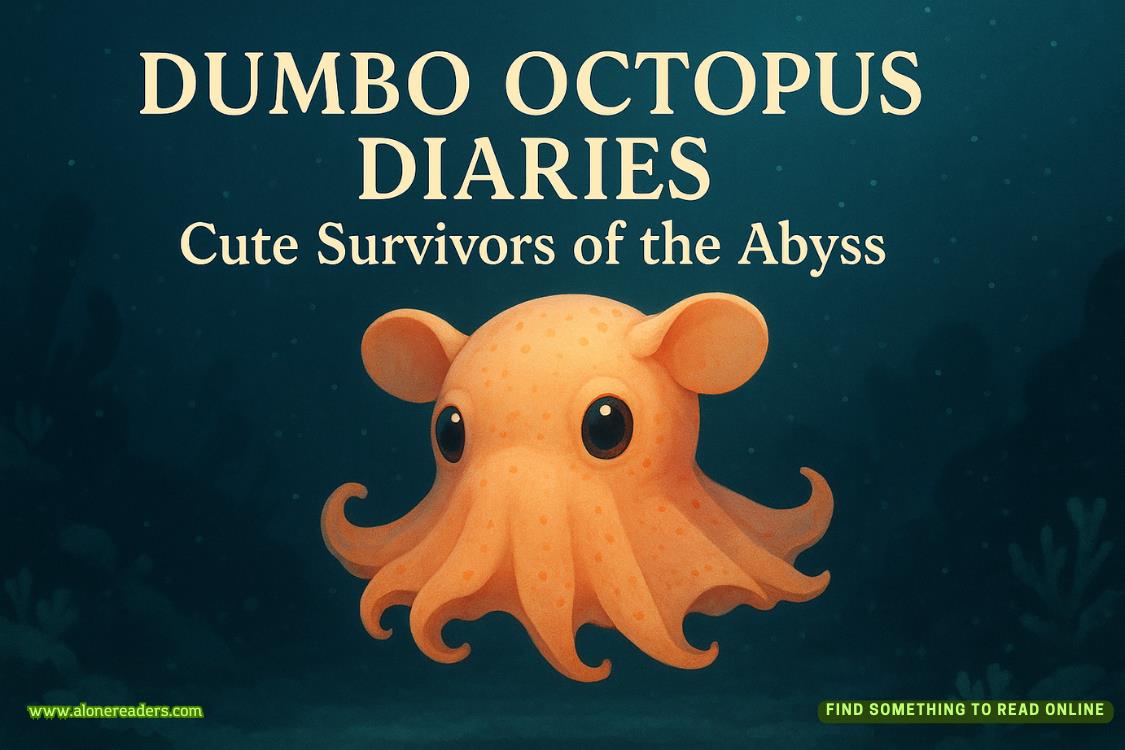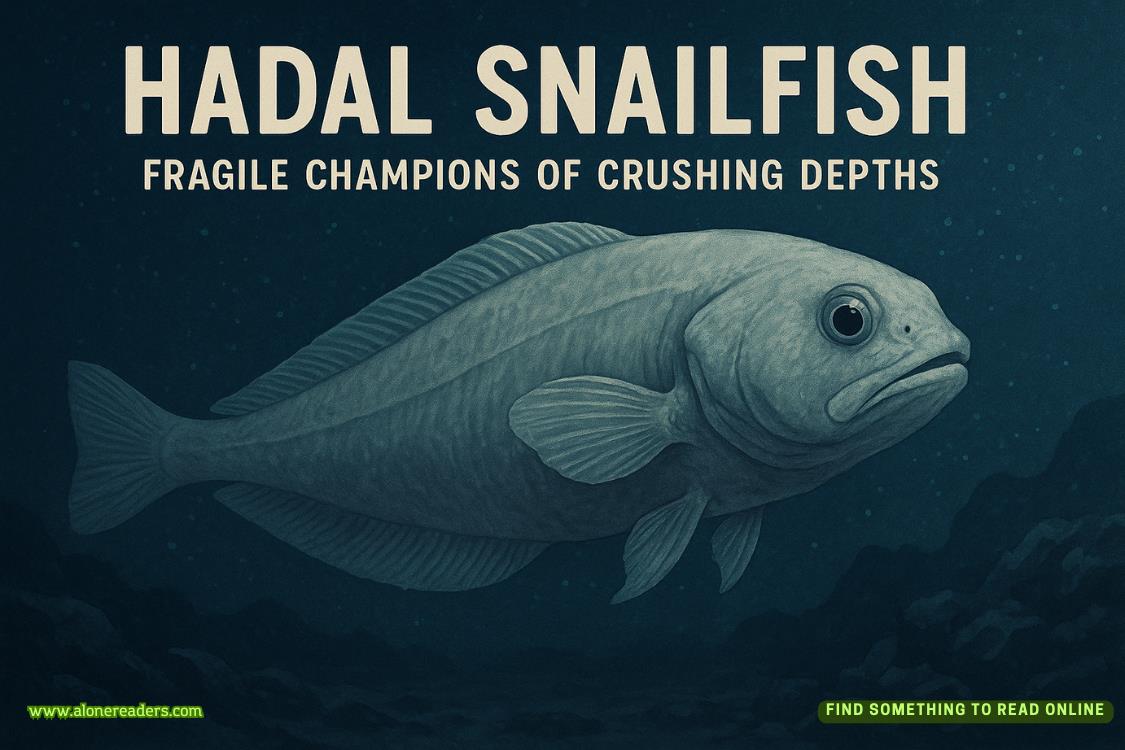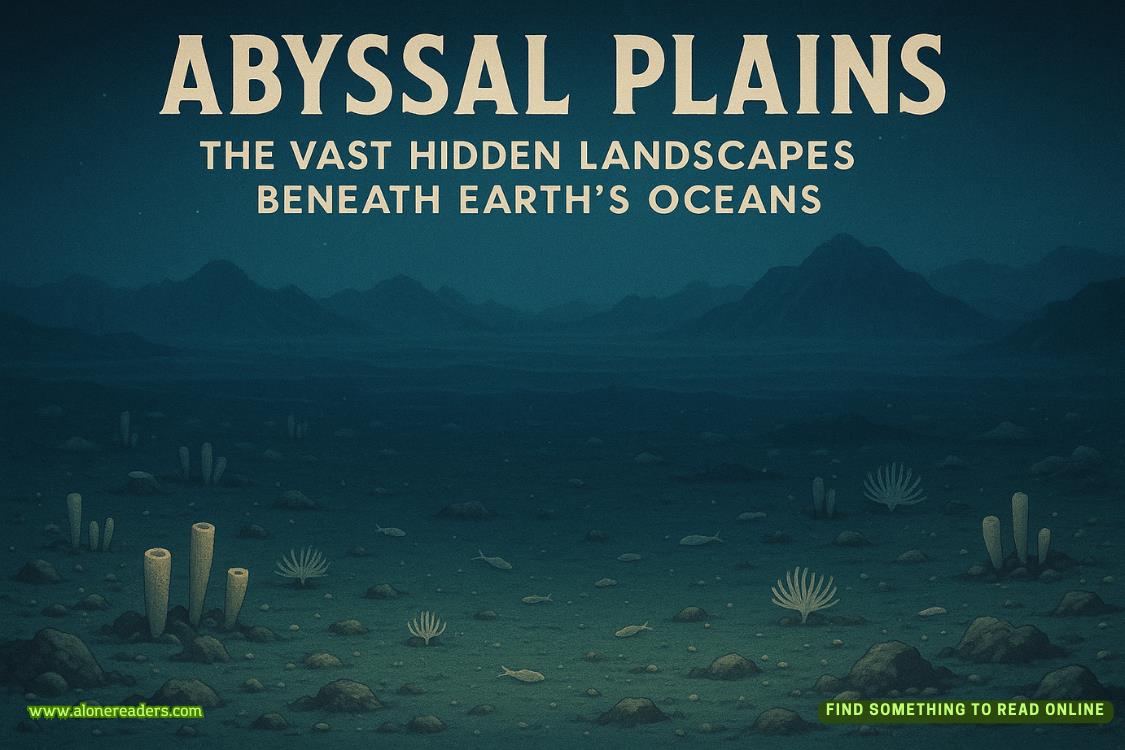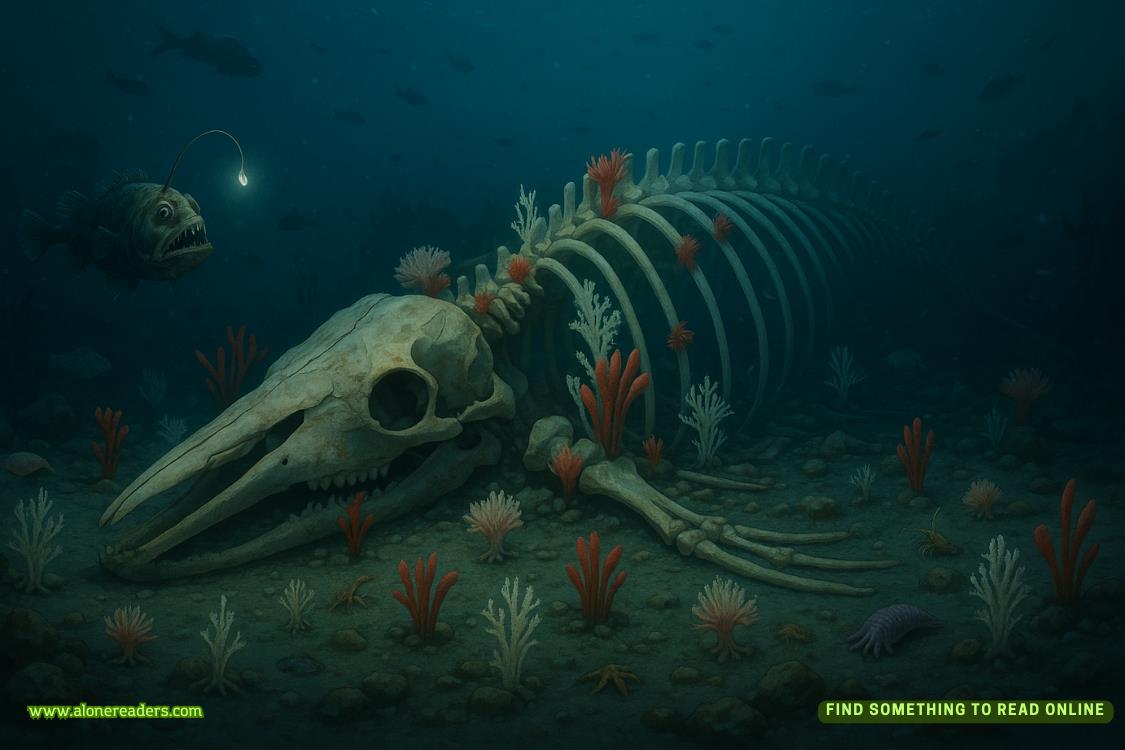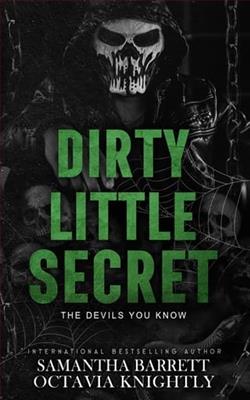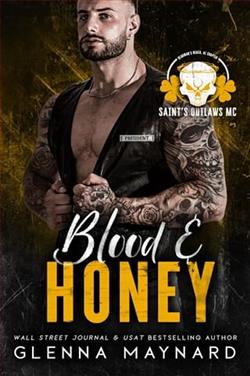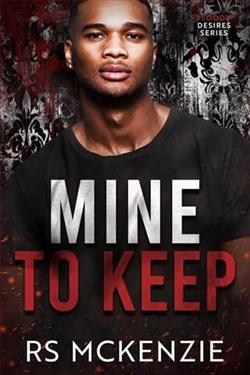Page 3 of The Last Kiss Goodbye
There had been a time, not so long ago, when she had loved her job as an archivist at the Royal Cartography Institute. Okay, so it wasn’t the Tate or the Courtauld Institute. She didn’t spend her days cataloguing priceless paintings like some of her friends from her art history degree course were doing. She wasn’t working for a hip gallery or a prestigious auction house, or acting as assistant to some famous photographer. But the RCI’s archive was spoken of in hushed tones by map nerds and geography enthusiasts around the world. Abby wasn’t one of them herself, but she couldn’t help delighting at the treasures she found among the clutter. There were the maps, of course, thousands of them, all kept in climate-controlled (which meant chilly if you hadn’t worn tights) walk-in cupboards. There were atlases, some common, some very rare and valuable, including one once owned by Marie Antoinette, a heavy leather-bound tome that no one – not even her boss Stephen – was allowed to touch. And there were the artefacts: an old boot, an oxygen tank, a tarnished brass compass, most of which were stuffed randomly into the cardboard boxes next to Abby’s desk. On the face of it they were just bits and bobs from long-forgotten expeditions. But every one of them had a story behind it – Captain Scott’s compass, Stanley’s pith helmet, an ice pick that had gone on the first ascent attempt of Everest.
But most surprisingly, for an organisation dedicated to maps, the bulk of the collection was photographs. Hundreds of thousands of negatives and slides, collected from every expedition since the invention of the camera. The trouble was, most of them had never left their boxes, and that was the reason Abby had been recruited eighteen months earlier: to catalogue them and, hopefully, bring them out into the light. It seemed like a never-ending task.
Taking a deep breath, she rolled up the map and slid it carefully into its tube, pleased that she had struck off at least one thing on that day’s to-do list.
Russian Steppes, printed and hand-coloured c. 1789, Morgan Johnson. Abby knew it was worth thousands of pounds, if it ever made it to auction. Not that it would. It was stuck here in the dusty basement of the Royal Cartography Institute, shoved on a shelf, waiting patiently for someone to look at it, to care about it.
Well, she knew how that felt.
The phone rang.
‘Hello, Archive,’ said Abby in her best telephone voice. ‘Hello?’
There was heavy breathing, muffled sounds of chatter and laughter in the background. She knew instinctively it was her boss reporting in from a long lunch.
‘Abigail, it’s Stephen. Can you hear me?’
Abby managed a smile. Stephen Carter, director of the archives at the RCI, was hopeless on the phone. He always behaved as if he were a Victorian gentleman and this was his first time using one of the new-fangled machines.
‘Everything all right back there?’
Abby looked up at the teetering pile of boxes.
‘Nothing I can’t handle.’
‘Good, good,’ he gushed. ‘Now I just wanted to let you know I’m not sure I’ll be back this afternoon; you know how these meetings go.’
She did indeed. Stephen was slurring his words a little.
‘Good news, though,’ he continued. ‘Christine has some exciting information about the exhibition. I can’t wait to tell you.’
Today was Stephen’s monthly lunch date with Christine Vey, director of the collections, a pompous woman who had zero interest in the RCI but a lot of interest in furthering her career. Christine’s plans always made Abby uncomfortable; they were never good news for the people who worked at the Institute.
‘Anything I should know about?’ she asked.
‘We’ll talk about it tomorrow,’ said Stephen. ‘In fact we should have a debrief on where we are up to. Christine wants a full written update. She’s really gone out on a limb for us agreeing to this exhibition, so there’s no letting her down. Are we understood?’
‘Of course,’ Abby muttered, quickly typing out an email, a group message to Anna, Ginny and Suze, her three best friends, checking that they were still on for drinks that night.
‘First thing tomorrow we’ll run through the final image selection, and then you can walk the slides and negatives over to the lab,’ continued Stephen, his words tumbling out of his mouth as he hurried to finish the call.
‘Now, I must fly. Oh, and could you prepare the 1789 Johnson for Mr Bramley? You know how particular he is.’
‘Already done,’ she said as Suze pinged an email straight back.
See you at the bar. So glad you are feeling up to this.
‘Excellent, you are a treasure.’
And then he was gone.
Abby put the phone back in its cradle and glanced at her watch. It was not even 4.30. Ages until she could justify leaving, even if Stephen wasn’t due back in the office.
Besides, there was the debrief to prepare for. Stephen Carter was not a bad boss, but he was a stickler for detail, a sucker for pleasing the powers-that-be, and as she was technically only a temporary member of staff – thanks to her rolling contract – she knew she would be the scapegoat for any archive mishaps, failures or inconsistencies.
Now that she was on her own, now she was supporting herself, with no safety net of family or lover, she didn’t like to think of the consequences if anything happened to her job.
She felt herself getting teary, but blinked back the emotion as she made her way into the photography room: long rows of battleship-grey metal shelves, each one holding dozens of filing boxes filled with negatives, slides and prints.
